In this post I’ll be touching on what exactly long and short positions are, how they impact the market, margin trading and what happens when liquidations occur. Hopefully this post will help newer investors who may be unsure surrounding these terminologies.
If anyone is interested in previous past posts please see:
- Fundamental Research on projects: here
- What is a cryptocurrency wallet: here
- Staking: the concepts of PoS: here
- What is the blockchain: here
- Trading strategies: here
- Fundamental analysis: here
- Sentiment analysis: here
- Mobile device security education for crypto: here
- The smart money market cycle: here
- Lump sum vs Cost averaging: here
- Arbitrage Explained: here
- Dusting attacks explained: here
- Liquidity Pools Explained: here
- ETH London Hardfork Explained: here
- Defi hacks and exploits explained: here
- Smart contracts explained: here
- BTC Halving Explained: here
- Analysis on the $600 million theft: here
- Inflation vs deflation: here
- Cryptographic hashing for the blockchain. What is it?: here
BACKGROUND
At times you may hear people say whether they’re long or short on the market. This is basically just terminology to say whether the trader believes the market will go up or down.
LONGS
Long positions aim to make money as the market rises and means the trader has a bullish sentiment.
Long positions are essentially just buying the asset and only requires you have the amount to actually buy the asset. This means your profit loss can be a maximum of 100% as the asset can only go as low as 0 but the profit range can be unlimited
SHORTS
Shorting the market aims to make money as the market declines and means the trader has a bearish sentiment. The criteria is a bit more complicated than a long trade as the account needs to be a margin account (same applies to leveraged longs).
In essence, when you place a short trade you are borrowing the assets from the broker and aim to sell and then to buy back into the market at a lower price so they can pay back the borrowed amount and also make a profit. Short positions are more riskier due to the fact the losses can be technically unlimited and the profits only 100% as the lowest an asset can go is 0.
To use an example, I believe the price of an asset will decline from its current price of $10, so I put in a short position and borrow 1 unit of that asset from the broker, I’m correct an the price falls $5. I believe the market has bottomed out so I close the short position which means I buy back into the market and give back the borrowed asset to the broker. In this case the price at the time of opening the position was $10 and price at closing $5 meaning I made a $5 profit. However, using the same example, I was wrong and the price increases from $10 to $15 and I close my position, I buy back into the market at a more expensive price meaning I will be at a $5 loss.
HOW CAN I VIEW LONGS VS SHORTS DATA
Here’s a resource to give you an overview of longs vs shorts on different exchanges and give you an indication of the sentiment amongst traders in the market:
https://www.bybt.com/LongShortRatio
WHAT IS LEVERAGE
Leverage is essentially the ability to use a small amount of capital to borrow a larger amount of capital. In terms of everyday use this could be from putting down a deposit for a house and receiving a larger mortgage or in terms for the financial markets it’s to allow more exposure to an asset. This means you have the ability to gain more profits with less capitals but the risk is that your losses can be more than your initial amount you put in.
An example would be you’ve leveraged $10,000 with only $500 (20x leverage multiplier) and the price goes up 20%, you’ve made $2,000 and the risk would be if the market drops 20% and that $10k turns into $8k, you’ve just lost $2,000. The multiplier here is essentially how much leverage you use.
MARGIN TRADING
Now that leverage has been explained, margin trading can now be discussed. As I mentioned within the longs and shorts that margin accounts will be needed for this case because you need to have money in your account in case the position turns against you.
An example here would be if you wanted to open a $10k position and the margin requirement was 5%, you would need $500 in the account. Depending on the asset you may need a higher margin requirement due to the volatility, and you get this margin back once you close the position plus any profits or losses.
DIFFERENCE BETWEEN LEVERAGE AND MARGIN
Basically the margin is the amount of capital required to open a position and leverage is is the multiple of exposure to that asset. An example would be a margin requirement for $1,000 worth of an asset is $100, therefore, you would have a 1:10/10% margin (and 10x leverage).
WHAT IS A MARGIN CALL
A margin call is basically when you are not allowed to take on any more risk, and your account is at risk of being forcibly closed (liquidated). The point you are on margin call is when your asset (balance + unrealised profit & loss) is equal to your margin requirement.
LIQUIDATIONS
A forced liquidation happens when a trader can no longer meet the margin requirements of their leveraged position.
An example to put all this together can be i want to go long on BTC/USDC and open a $200 position and use 20x leverage giving a $4,000 position. If the market drops by 5%, your initial $200 initial margin to open the position has been exhausted already. If you cannot meet the margin call to cover further losses and to keep the trade open then your position will be at risk of liquidation, and if the margin ratio reaches the liquidation limit, the position will be liquidated.
Traders tend to try and prevent liquidation from happening, by monitoring margin, adding more margin to their trade, using stop losses or using lower leverage. However, at uncertain times such as a flash crash, these can happen very quickly and even more so if a trader is using higher leverage and can create a daisy chain effect of mass liquidations.
Here is a resource to view current liquidations across exchanges:
https://www.bybt.com/LiquidationData
RISKS
It’s important to realise leverage and other derivative products are complex financial instruments and although are a high risk high reward method, more traders lose their positions than they do profit from them. Just for statistical examples although not crypto related: 67% of traders lose money with CFDs on eToro and 76% of retail CFD accounts lose money on trading212.
FLASH CRASHES AND SHORT SQUEEZES
The final section will just briefly mention that flash crashes tend to happen due to unprecedented liquidations of long positions which causes the market to tank as it requires those positions to close and sell. Short squeezes are the opposite where the price goes parabolic as short positions are liquidated and are forced to buy back into the market causing the market to rise.
As always any topics you want covered just let me know. The following are topics I have on my list:
- Types of orders for beginners
- ETH gas explained
- Market cycle theories
- Lending and borrowing in defi
- Yield farming explained
- Why time in the market beats timing the market
- The technicals behind NFTs
- APR vs APY
- UDP and TCP
[link] [comments]

You can get bonuses upto $100 FREE BONUS when you:
💰 Install these recommended apps:
💲 SocialGood - 100% Crypto Back on Everyday Shopping
💲 xPortal - The DeFi For The Next Billion
💲 CryptoTab Browser - Lightweight, fast, and ready to mine!
💰 Register on these recommended exchanges:
🟡 Binance🟡 Bitfinex🟡 Bitmart🟡 Bittrex🟡 Bitget
🟡 CoinEx🟡 Crypto.com🟡 Gate.io🟡 Huobi🟡 Kucoin.
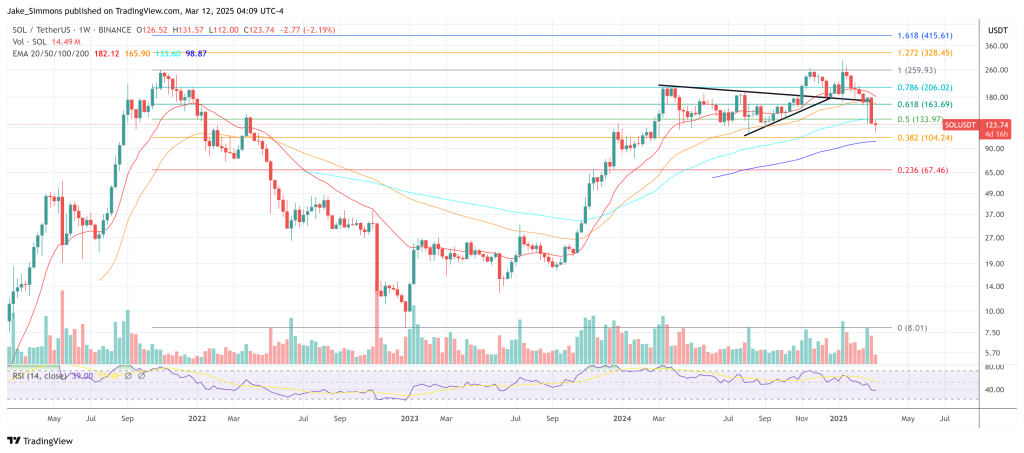








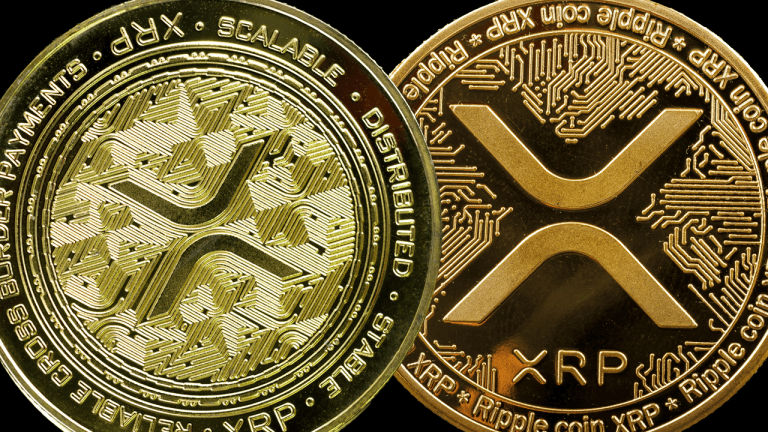
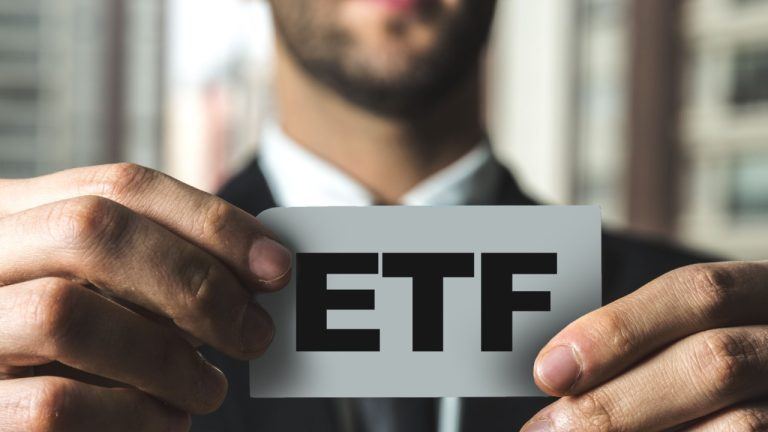
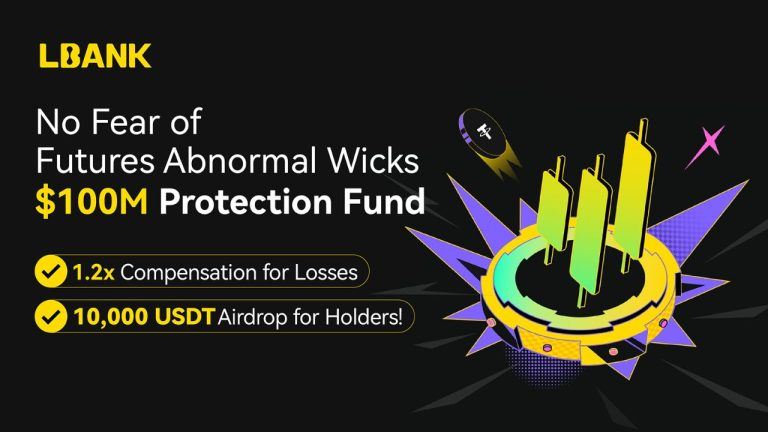






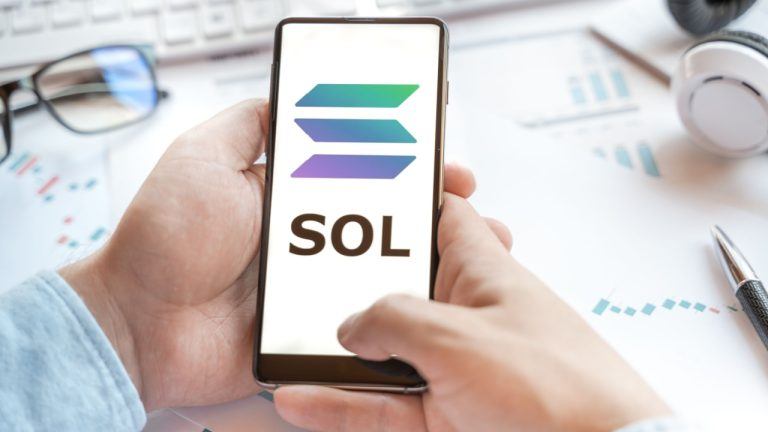

Comments